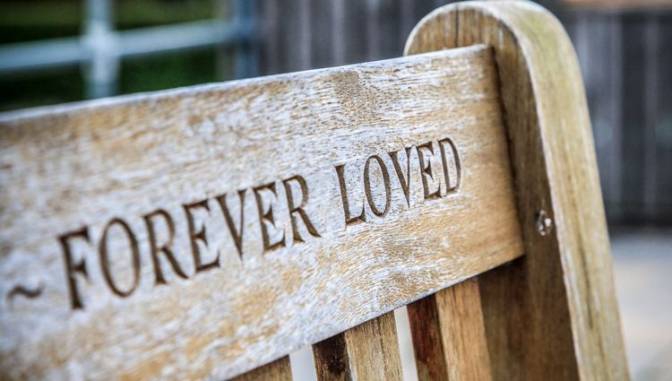The first funeral I attended was a fairly somber affair in the mid 1980’s. Most people attending wore black or dark colored clothes. The music was quiet in the background. The traditional services at that time consisted of a family viewing of their loved one, a public viewing, and a formal funeral service complete with eulogy, hymns, flower covered casket, pall bearers, and a graveside service. The most recent funeral I attended earlier in 2017 included open sharing time for people to tell stories and talk about the deceased. Most people were wearing clothing that mimicked and honored the cowboy clothing worn by their loved one who had died. A slide-show, with accompanying country music, a granddaughter singing a song about families, and a well spread table afterward was a far cry from my first experience.
As the American population ages and the Baby Boomers find themselves arranging farewells for friends and families the definition of a funeral is changing. The National Funeral Director’s Association website lists the recent trends in funerals services. This includes the popularity of personalizing the service, advance funeral planning, the increasing number of people choosing cremation, the use of technology in services, the option for green burials, and how the profession is shifting from a mostly male dominated career to more and more women becoming funeral directors. This information may be viewed here: http://www.nfda.org/news/trends-in-funeral-service.
A Philadelphia funeral home lists the 10 latest trends in funerals on their website here: https://www.funeralhome-philadelphia.com/10-latest-trends-funeral-planning/. Interestingly enough, they have seen an increase in the use of social media and online memorials as new ways to honor those who have died. Crowdfunding and donations are often solicited online, also. Other recent changes include nontraditional memorial grounds and final resting places instead of the cemeteries of long ago. A USA Today article titled “Cremation Trends Changing Death Rituals” explores the impact the low cost and ease of cremation is having on end-of-life memorial services, how changing religious norms and the mobility of the population all contribute to a shift in ritual and ceremony.
Ultimately, what is truly important is that we remember those we love who die. Funerals and memorials serve those who remain behind. Having a memorial gathering brings people together to grieve in community, beginning the healing process. We share stories, tears, food, and laughter together and hold one another up in a most difficult time. Online memorial planners are making appearances, as well. Celebratemehome.com lists the importance of funerals and the rituals we perform at them.
“The ceremonies and rituals we observe when a loved one dies serve many purposes and accomplish various emotional and psychological needs, not just for the immediate family but for the community as well. Rituals are a symbolic activity that helps us express our deepest thoughts and feelings about life’s most important events…”
Regardless of your belief system, everyone can benefit from gathering to celebrate a loved one home. Whatever method or ritual you choose to gather loved ones together, be it traditional or very personalized, sharing grief in community is a step toward healing for all involved.





